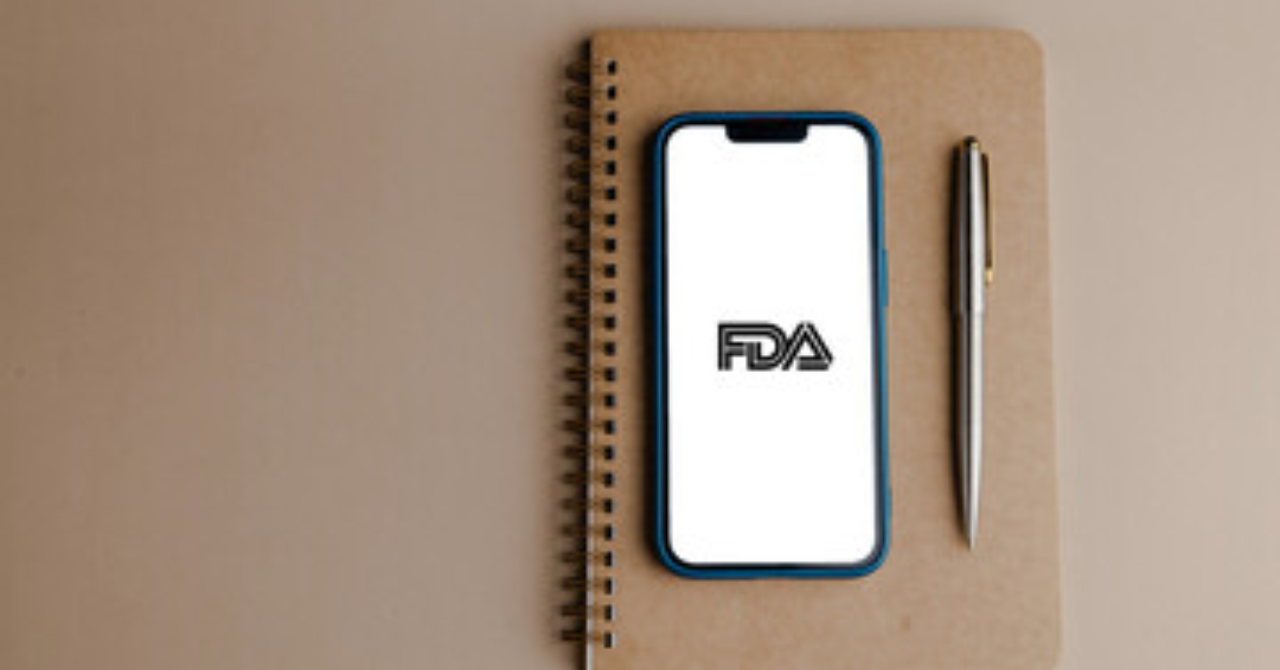Flow of FDA inspections from implementation to completion
U.S. FDA inspections are an important part of regulatory compliance for pharmaceutical and medical device companies. The purpose of the inspections is to ensure product quality and safety and to enhance patient protection. If a violation is found after an inspection has been conducted, FDA may issue a Warning Letter.
The process from FDA inspection to the issuance of a Warning Letter has significant implications for companies. Failure to take appropriate action can have serious consequences, such as suspension of product sales and loss of corporate credibility. Therefore, thorough routine regulatory compliance and a prompt and appropriate response to inspections are required. It is important for companies to maintain high quality standards at all times and to keep consumer safety as a top priority.
In this issue, we will explain the process from the inspection to the issuance of a Warning Letter and the completion of the inspection.
Evaluation of FDA inspections
Upon completion of an FDA inspection, the inspector will conduct an evaluation that can be categorized into the following three levels
- NAI:No Action Indicated
None noted. This is the most favorable evaluation. In this case, Form 483 (Notice of Inspectional Observations) will not be issued. An EIR (Establishment Inspection Report) will be prepared and sent approximately 60 days after the inspection is completed. If not sent, request to FDA. - VAI:Voluntary Action Indicated
It was pointed out, but no administrative action was taken by the FDA. In this case, a Form 483 is issued. Companies need to respond to the points raised.
OAI:Official Action Indicated
Serious remarks are made and administrative action is taken by the FDA. This is the worst evaluation. In some cases, Form 483 may not be issued and a Warning Letter may be sent at a later date.

Flow of FDA inspections from implementation to completion
The Form 483 will detail the specific problems and nonconformities found by the inspector. Companies should receive a Form 483 and consider how to respond to the issues raised.
Response to Observations
Companies are required to respond promptly and appropriately to the observations raised in the Form 483. Specifically, it is important to plan and implement corrective actions.
A Response Letter must be sent to FDA Headquarters (not to the inspector) within 15 business days (US history date) of the inspection completion date. Note that a Warning Letter may be issued if a Response Letter is not received by the FDA within 15 business days for any reason. Firms are required to report to the FDA on the progress of corrective actions and provide evidence of improvement.

Plan and implement corrective actions
The corrective action plan will include an analysis of the cause of the problem and the root solution. For example, this could include reviewing manufacturing processes, enhancing employee education and training, and retrofitting facilities. Companies are required to implement corrective measures as planned and ensure that recurrence is prevented.
Issue Warning Letter
If appropriate action is not taken in response to the observations, FDA may issue a Warning Letter. This letter is a formal notice urging the company to correct specific violations. The Warning Letter will include details of the violation, a timeframe for corrective action, and future steps to be taken.
Impact of Warning Letter
Companies that receive a Warning Letter must take immediate action. Corrective actions are required to be implemented and reported to the FDA within the timeframe specified in the letter. Inadequate response may result in further regulatory action and legal sanctions. This raises concerns about the impact on corporate credit and the market.
Completion of inspections
In the case of NAI (in this case, the inspection is complete) or when the response to the Form 483 or Warning Letter is complete, the FDA will send an EIR.
The EIR is, so to speak, a Clearance Letter for the FDA inspection. The inspection is now complete.
However, if a Warning Letter is issued and the product is a high-risk product, the FDA may conduct a follow-up inspection within one year. In this case, passing the re-inspection will complete the inspection. If the re-inspection is not conducted, and the next periodic inspection is scheduled to investigate the status of improvement, an Untitled Letter (meaning neither a Warning nor a Clearance) will be sent.


Comment